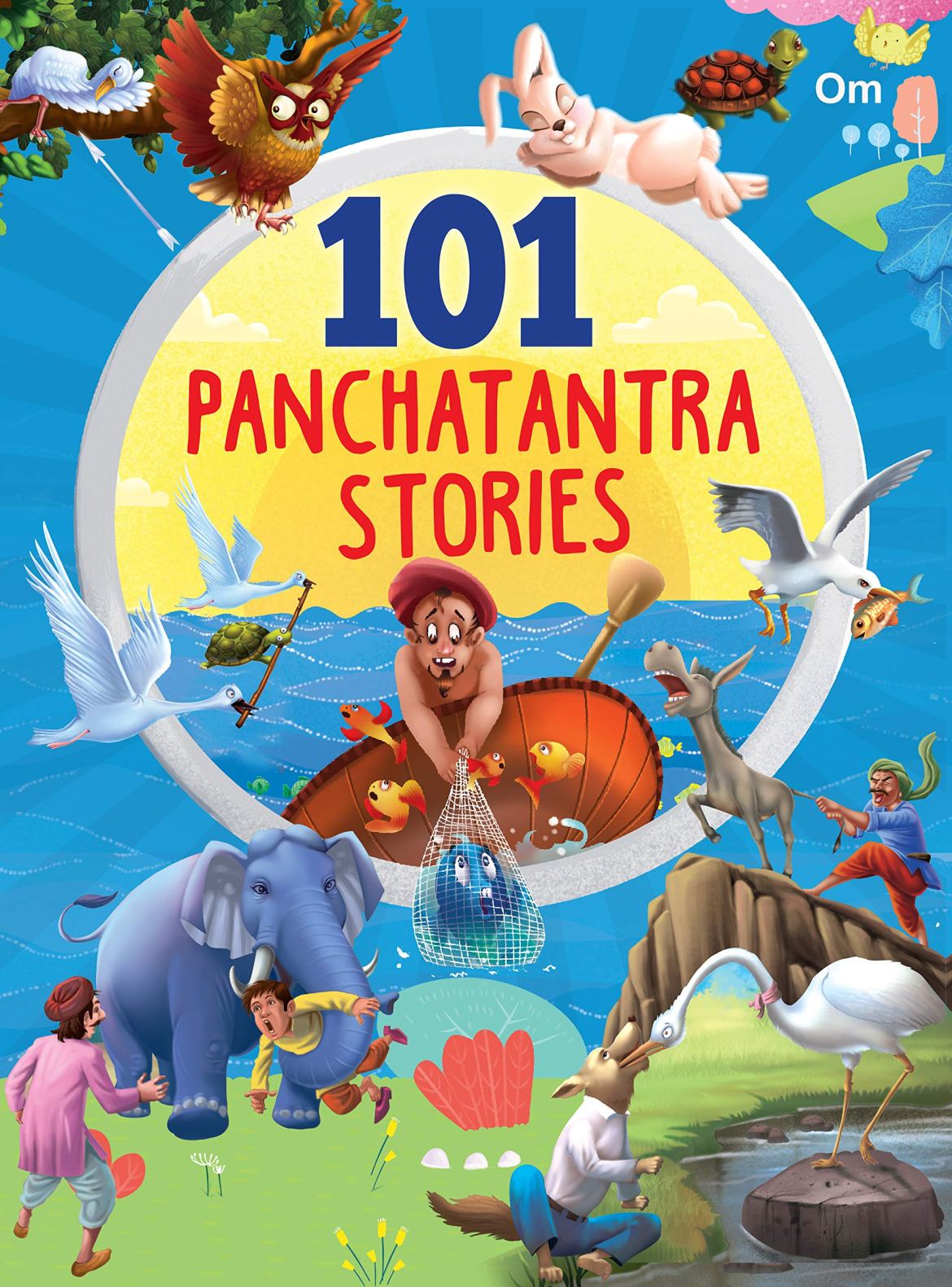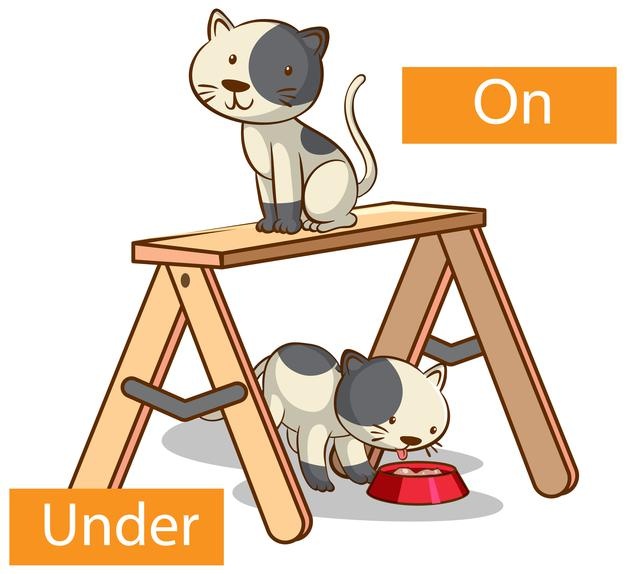EVS Worksheet : Solar System for grade 2 students
Solar system
The term Solar System refers to the “family” of Sun. The Sun is a large star around which eight planets, among other celestial objects, revolve in there orbits. And this whole system of bodies is called the Solar System. The Sun is the “head” of this family. The solar system itself is only a small part of a huge system of stars and other celestial objects called the Milky Way galaxy. The solar system orbits around the centre of the galaxy about once in every 225 million years. The Milky Way galaxy is just part of billions of galaxies that in turn make up the universe.
Planets
There are eight planets in our solar system namely :-
Mercury, Venus, Earth, Mars, Jupiter, Saturn, Uranus, and Neptune. The four inner most solar system planets (Mercury, Venus, Earth, and Mars) fall under the category of terrestrial planets; Jupiter and Saturn are gas giants (giant plants composed mostly of hydrogen and helium) while Uranus and Neptune are the ice giants (containing mainly elements heavier than hydrogen and helium).
Pluto, is another dwarf planet, was classified as one of the solar system planets when it was first discovered by Clyde Tombaugh. However, it is now considered to be one of the largest known members of the Kuiper Belt — a collection of icy bodies on the outer fringes of the solar system. Pluto was demoted from its planetary status in 2006 when a body of scientists coined a formalized definition for the term “planet.”
Mercury
Mercury is the first planet of the four terrestrial planets. This means it is a planet made up mostly of rocks. The planets closest to the Sun—Venus, Earth, and Mars are the other three .
The planet is so small that,18 Mercury’s would fit into the Earth. The planet does not have any atmosphere, just like it is on all the other planets. There is no presence of water on this dangerous planet either!
Venus
Venus the planet is named after the Roman goddess of beauty it is also known as the evening or morning star. Yellow clouds made of sulphur and sulphuric acid cover the entire planet causing light to reflect off the surface.
This makes Venus the second brightest object in the night sky to shine after the Moon.
Venus is very similar to Earth in terms of size nature and material.
Earth
Earth is the fifth largest planet of our solar system and has only one large natural satellite, the Moon.
By far the Earth is the only planet known where life exists. Almost 1.8 million species of animals and plants have been discovered so far, and many more have yet to be found. While other planets may have small amounts of ice or steam, the Earth surface is 2/3 water. Earth has perfect conditions of breathable atmosphere for survival.
Mars
Mars, is the most likely candidate among rest of the planets for a future human habitat, is affected by huge dust storms that occur every now and then and cover the entire planet!
Mars is very cold and dry but water exists in form of ice at its North and South poles. The surface of Mars has many dune, craters, deep valleys and volcanoes.
Mars has two moons called Phoebus and Deimos, both are probably asteroids which were caught up by Mars’ gravitational fields.
Jupiter
Jupiter is the largest of all planets in the solar system. The most famous feature on the surface of the planet is the ‘Great Red Spot’ which is actually a storm that has been blowing for about more than 350 years. Jupiter has some of the largest moons in the solar system and one in particular, Europa might be able to sustain life in an ocean below its icy surface.
There is one spacecraft currently orbiting the Jupiter called Juno.
Saturn
Saturn is a filled with gases And is giant just like Jupiter, Neptune and Uranus. This means that it does not have a proper solid surface as it is mainly made up of gases with a small rocky core.
Saturn is the second largest planet and is known for its rings, although the other gas giants also have these kinds of rings, only Saturn’s rings can be seen clearly .Saturn’s moon, Titan is the second largest thing the solar system.
Uranus
Uranus is the second furthest planet from the Sun and therefore also has to travel a pretty long time to go once around out home star. It takes Uranus around 84 years to orbit once around the Sun. Uranus appear as a blue planet, not because of water, but because of gases that make it appear blue.
Uranus orbits on its side, which means that its seasons are completely different from ours. Summer and winter each take 21 years to complete at the north and south poles!
Neptune
Neptune is closely related to Uranus, and it’s atmosphere is composed of almost the same gases and just like Uranus, Neptune also appears blue. Neptune gets its name from the Roman god of the sea as reference to its deep blue colour.
Neptune is the most furthest planet from the Sun and it takes 165 years for Neptune to go once around the Sun.
Instructions to solve the worksheet
One of the best ways to help kids to learn about solar system is by introducing them to Different planetary system .So Given below is a picture depicting the several planets help your kid to complete the blank space by identifying the correct names from the suggestions provided in the box.
Importance of Environmental Education
- EVS helps children to develop their own insights into the functioning of several things or understanding human processes in their environment. Such interactions with their surrounding environment are immensely important for the healthy development of children.
- Not only does environmental education offer opportunities for experiential learning outside of the classroom, it enables students to make connections and apply their learning in the real world.
- EVS helps learners see the interconnectedness of social, ecological, economic, cultural, and political issue’s
- By providing environmental education to students they will engage problem-solving techniques of the outer world to their subjects to understand a particular problem by implying outdoor environmental solutions.
- Environmental Education gives students a new meaning of exploring mother nature to see and resolve the issues which are harmful to the environment and this will also help them in maintaining their own health by doing physical work so that their bodies will be immune from some serious health issues such as short-sightedness, obesity and in some cases even lack concentrations
- The one major issues which we need to deal with is pollution and if we don’t educate our kids about the hazardous effects of environmental damage there will be no future of the world.













































